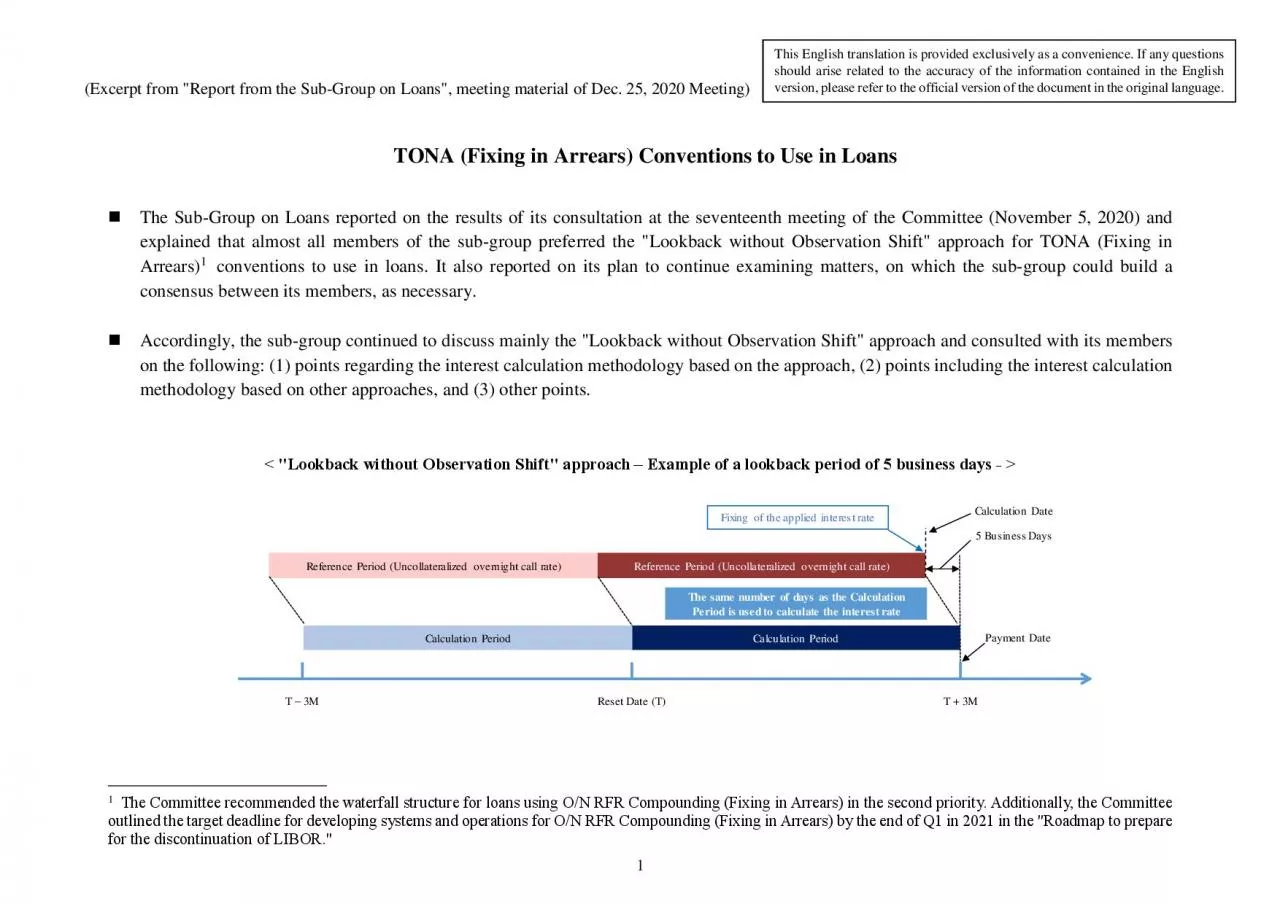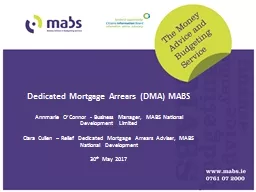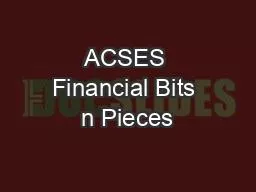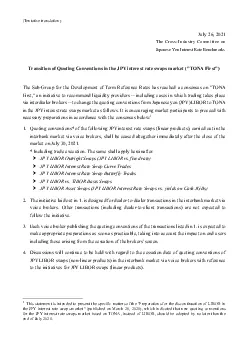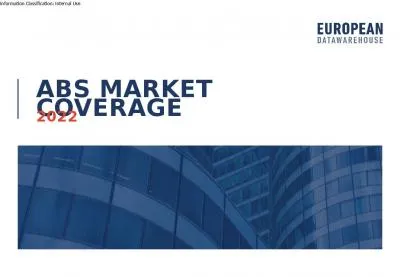PDF-TONA Fixing in Arrears Conventions to Use in Loans
Author : ani | Published Date : 2021-07-05
1 x0096 The Sub Group on Loans reported on the results of its consultation at the seventeenth meeting of the Committee November 5 2020 and explained that almost
Presentation Embed Code
Download Presentation
Download Presentation The PPT/PDF document "TONA Fixing in Arrears Conventions to Us..." is the property of its rightful owner. Permission is granted to download and print the materials on this website for personal, non-commercial use only, and to display it on your personal computer provided you do not modify the materials and that you retain all copyright notices contained in the materials. By downloading content from our website, you accept the terms of this agreement.
TONA Fixing in Arrears Conventions to Use in Loans: Transcript
Download Rules Of Document
"TONA Fixing in Arrears Conventions to Use in Loans"The content belongs to its owner. You may download and print it for personal use, without modification, and keep all copyright notices. By downloading, you agree to these terms.
Related Documents

